Google Ads vs. Facebook Ads: Which is Best for Your Business in 2025
Advertisement
Selecting the appropriate advertisement platform will prove difficult in 2025. However, the first choices for companies are Google ads and Facebook ads. Although both systems have great reach, they operate somewhat differently. Google Adverts shows your advertisement when customers search particular terms online. Facebook Ads target customers depending on their interests, activity, and demographics.
Every platform offers special advantages depending on your company's objectives and budget. Active buyers find search ads more effective. For brand recognition, social ads are effective. Your decision will rely on your target market and sector of business. We will side by side-review Google Ads and Facebook Ads in this article. We will discuss their performance, pricing, and aiming range. This basic advice will enable you to decide which platform will enable success in 2025.
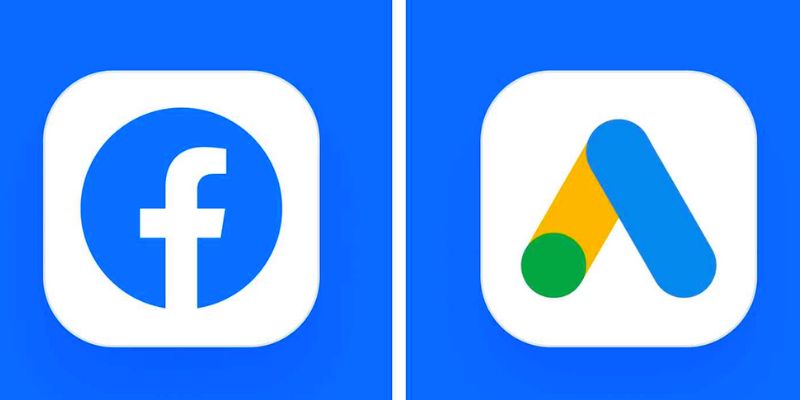
How Does Google Ads Work in 2025?
Built for intention-based marketing, Google Ads in 2025 displays your adverts as customers hunt particular goods or services. For instance, your advertisement might appear on the search results if someone typed "buy sneakers." It makes it ideal for sales-oriented advertising since you target customers who already desire what you have to offer. With picture or video advertisements, you may also promote on YouTube, Google Maps, Gmail, and millions of partner websites.
Google's pay-per-click (PPC) approach means you only pay when someone clicks your advertisement. Smart bidding driven by artificial intelligence will automatically change your bids in 2025 for optimal performance and results. To attract ideal clients, you may target by term, device, location, time, or search activity. Google Ads is perfect for e-commerce, IT tools, healthcare, and local businesses. It creates high-intention traffic and facilitates the quick and effective conversion of clicks into customers.
How Does Facebook Ads Work in 2025?
Meta's effective ad system consists of Facebook ads. Ads will show on Facebook, Instagram, Messenger, and the Audience Network in 2025. These ads are not based on keywords; they target customers depending on their behavior, interests, and demographics. You contact individuals, not searches. Targeting customers based on age, region, interests, employment, and more helps you build an audience and enhance brand recognition, making Facebook an ideal choice.
Ads can have images, videos, slide shows, or narratives. This adaptability gives your adverts greater interaction and appeal. Meta's AI systems improve targeting and predict who will most likely interact in 2025. These tools maximize your adverts for the best performance. People might not seek goods or services directly, like lifestyle brands, events, or apps. Facebook ads are fantastic. As customers scroll, they help them find something fresh; Facebook Ads are ideal for campaigns powered by creativity and discovery.
Google Ads vs Facebook Ads in 2025: A Complete Comparison
In 2025, businesses will face a tough choice between Google Ads and Facebook Ads, two giants with unique strengths and strategies.
Budget and Cost Differences
Budgeting will be more important than ever in 2025. In crowded markets, Google ads typically cost more per click. However, those clicks usually result in faster sales. For less money, Facebook ads have a larger reach and cost less per click. These days, both systems use artificial intelligence to control bids carefully. Startups could like Facebook's less expensive approach. Google Ads, however, shines for quick results and highly intended leads.
Targeting Options in 2025
In 2025, targeting will become smarter. Google Ads is targeted by search activity, time, device, and term. Facebook ads center on people's interests, age, and behavior, which defines them. Both sites create wiser audiences using artificial intelligence. Right now, Google's predictive targeting is more robust. Facebook tracks interest via means of lookalikes. Facebook takes first for awareness. Google Ads delivers more control and intent for exact, purchase-ready users.
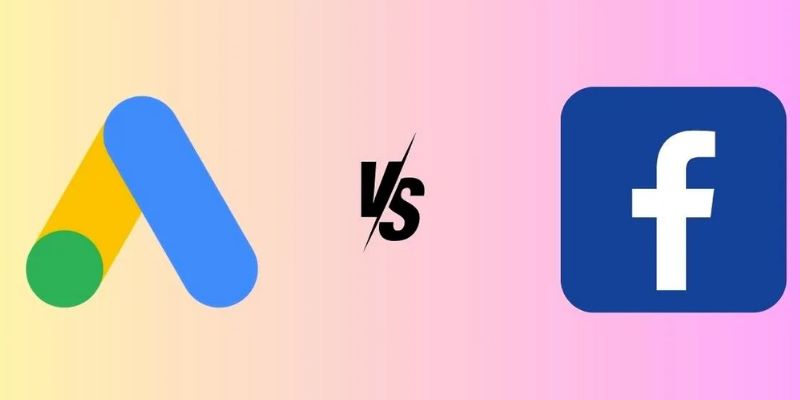
Ad Formats and Creative Control
In 2025, creativity matters greatly. Great for direct results, Google Ads provides search, display, video, and commerce formats. Facebook advertisements provide more graphic choices, including story ads, reels, and carousels. These days, Facebook's editor also incorporates animations, effects, and music. Go with Facebook if your brand is visual or built on lifestyle. Google Ads will work better if customers are already looking for your goods.
Analytics and Performance Tracking
Tracking changes in 2025. For keyword analytics, click rates, and conversions, Google Ads interfaces with Google Analytics. Facebook ads demonstrate interaction and return on investment using Meta Pixel and Ads Manager. AI now fills in tracking voids left by privacy changes. Better search data comes from Google. Facebook provides a rich audience and creative input. Go for Google if you wish thorough user behavior. Facebook excels in tracking participation.
Which Is Best for Your Business?
Your objectives will determine the correct platform you need. If you require leads or quick sales, go for Google Ads. Google Ads perform best when your customers are actively looking for your offering. For e-commerce sites or service-based companies, this is perfect. Google Ads can assist you in getting high-intention traffic if your budget allows for competitive bids. If you want to raise brand awareness, go for Facebook ads. Facebook ads are ideal if you have great visuals, such as photographs or videos to highlight. They are fantastic for focusing on lifestyle or specialized markets.
Facebook also provides a lower cost per view or interaction than Google Ads. Many companies find success in the combined use of both systems. While Facebook ads raise awareness and retarget interested people, Google ads target customers who are ready to buy, bringing conversions. This all-encompassing strategy spans the purchasing process.
Conclusion:
Google Ads and Facebook Ads have special benefits in 2025, depending on your aims. By focusing on customers actively looking for particular goods or services, Google Ads shines in generating conversions. It's ideal for companies seeking highly intended leads. Facebook ads, on the other hand, are perfect for increasing brand recognition and involving customers depending on their interests and behavior. The secret is to match your platform selection to your company goals. Many companies succeed by combining both systems, taking advantage of their respective capabilities to cover all phases of the client path from awareness to conversion.
On this page
How Does Google Ads Work in 2025? How Does Facebook Ads Work in 2025? Google Ads vs Facebook Ads in 2025: A Complete Comparison Budget and Cost Differences Targeting Options in 2025 Ad Formats and Creative Control Analytics and Performance Tracking Which Is Best for Your Business? Conclusion:Advertisement
Related Articles
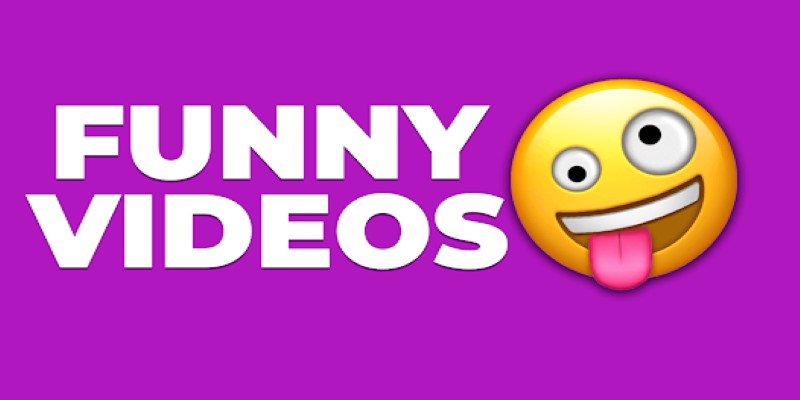
How to Make a Funny Video: 6 Steps That Actually Work
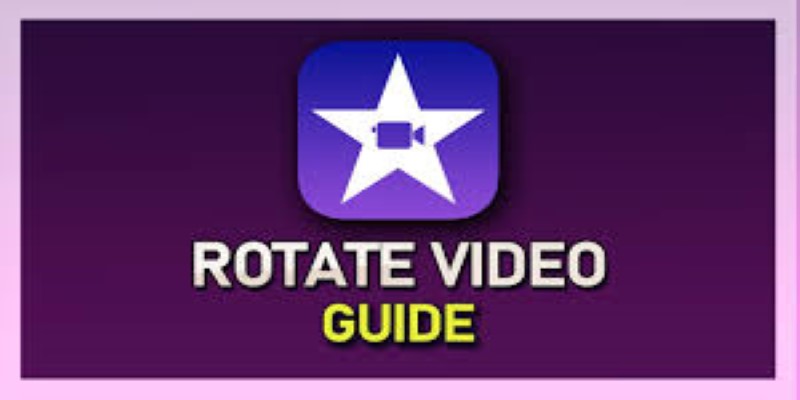
Learn How to Rotate Videos in iMovie for Both Mac and iOS Devices

Best Vlog Editors for Every Device: 8 Tools You Should Try
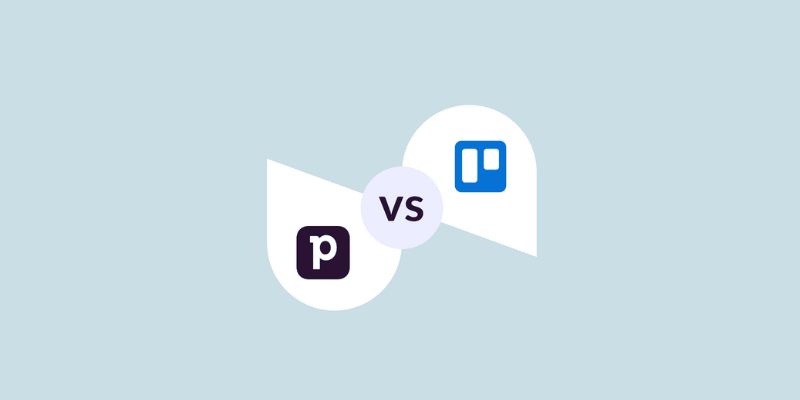
Pipedrive vs. Trello: Which CRM Tool Should You Choose in 2025
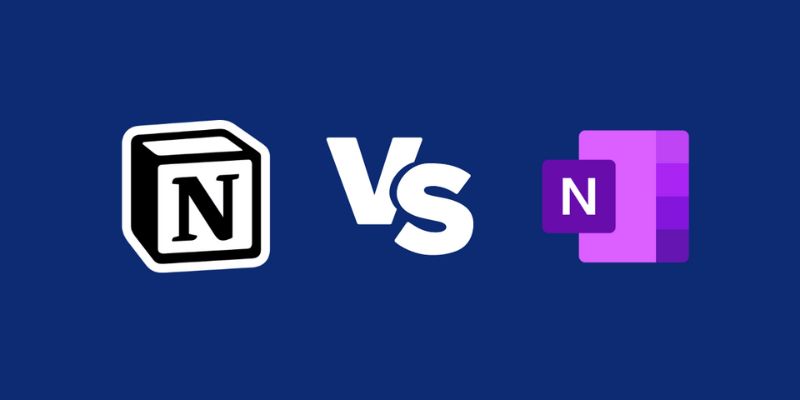
Notion vs. OneNote: Which Note-Taking App Should You Use in 2025
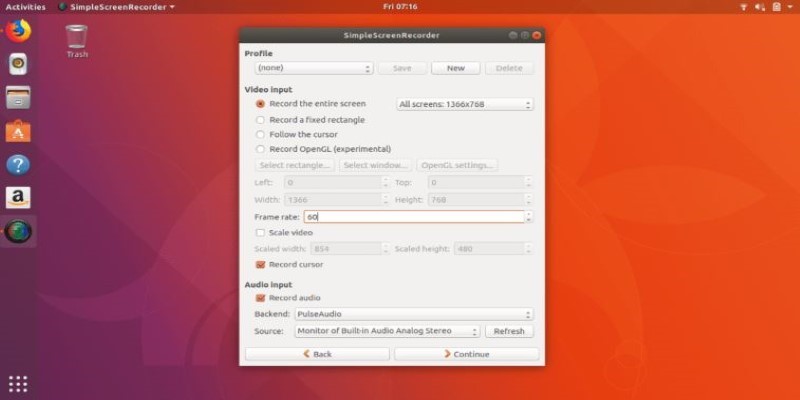
6 Linux Screen Recorders for Minimized App Capture
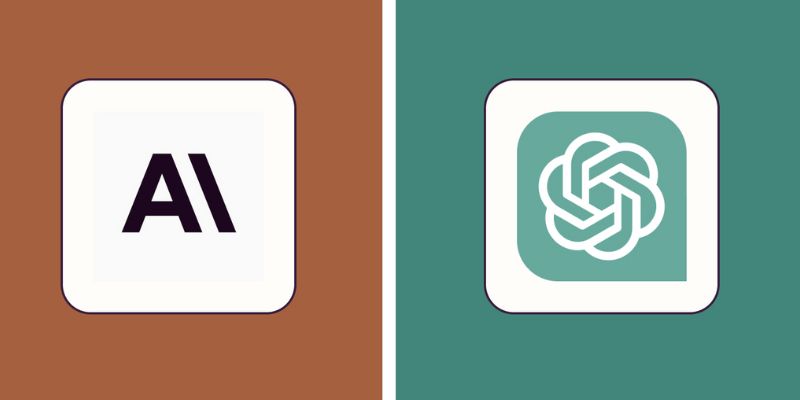
Understanding the Differences Between Claude and ChatGPT in 2025
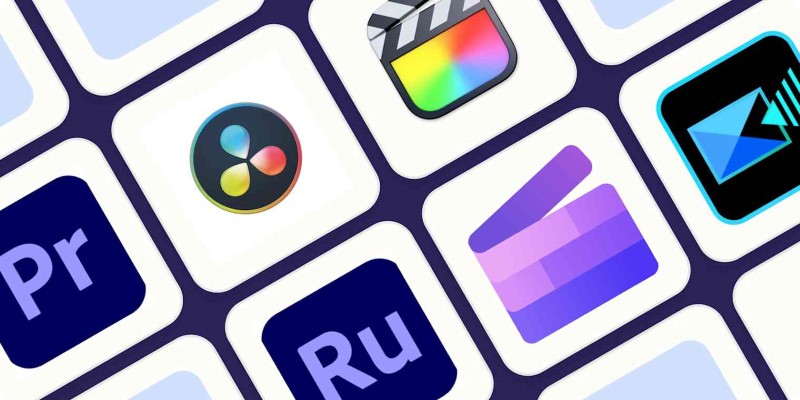
Edit and Join Videos: 10 Apps That Make It Simple Everywhere

How to Use Camtasia for Screen Recording
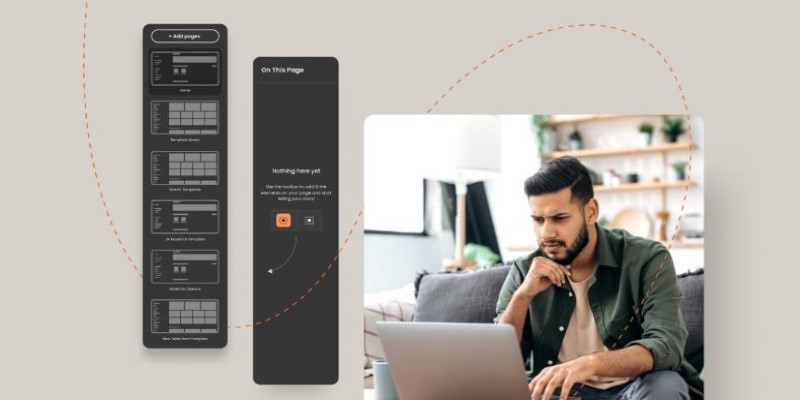
Best Software to Build Guided Product Tours
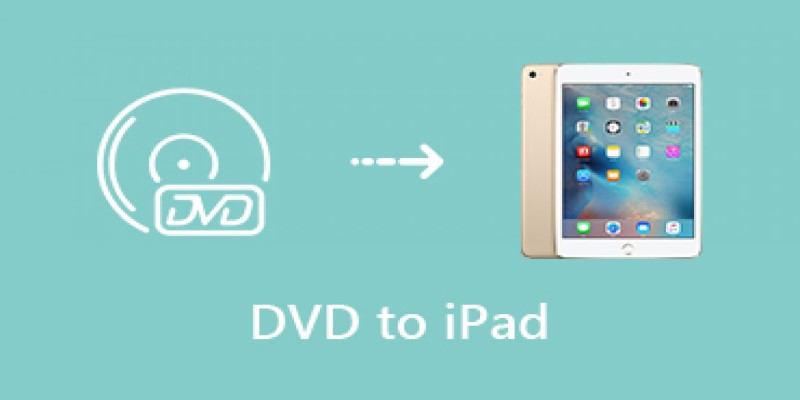
Transfer Your Homemade DVDs to Apple Devices
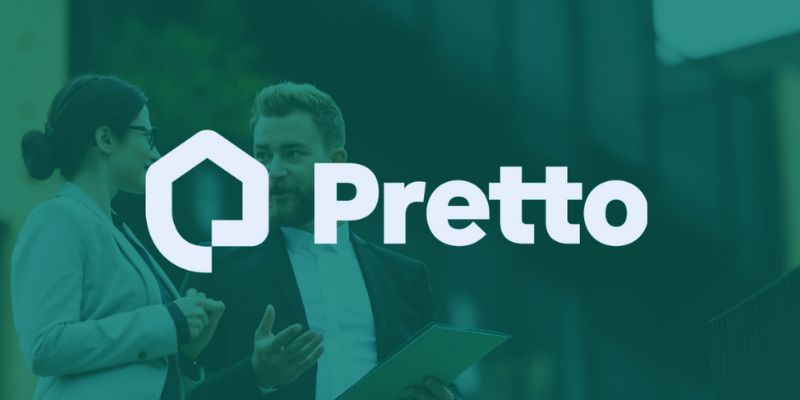
 novityinfo
novityinfo